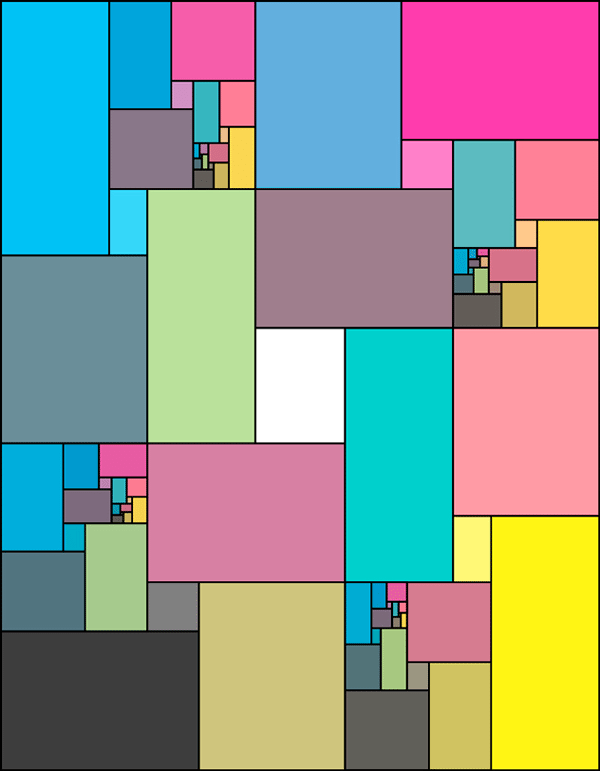One possible definition of schedule would be a list of items or processes in a project that also includes their planned start and completion dates.
The schedule only includes information about the time allocated to the project and to each one of its stages. It does not include any other characteristics related to the project planning, such as the scope, the cost, the resources needed, etc.
How is a schedule visually represented?
A number of different schedule types exist depending on how they are visually represented. The most common are described below.

Gantt Chart
This is probably the most frequently used graphical representation of a schedule. It consists of representing the tasks as bars along a timeline that is created along the X axis.
Its main advantage is the ease with which the start and end dates of each project can be seen, as well as their duration and overlaps with other tasks.
Also in its favor is the fact that most employees are used to using them, meaning that only a short learning period is required to be able to use them efficiently.
Pert Chart
This representation of a schedule does not consider a timeline but only the tasks and the relationships that exist between them.
Each task is usually represented as a box containing the constituent processes. The boxes are structured in a time-based sequential order in which they will be completed and according to relationships of causality.
In other words, the tasks to be completed first occupy the boxes located furthest to the left. The tasks that follow in time occupy boxes located further to the right.
The use of arrows enables relationships of causality and dependency to be created between the processes. A task has a relationship of dependency or causality with those tasks from which it receives an arrow.
Milestone Schedule
A milestone is an important event in the development of a project. Hence, not all tasks are milestones. Key project delivery dates, important meetings or any other event related to company activity that is particularly important are usually considered as milestones.
It may comprise an image obtained from the simplification of others, especially a Gantt chart, or it may be produced independently.
Baseline and Updated Schedule
This is a benchmark schedule. After the schedule for a project has been drafted, it is approved by the company steering committee. This is the schedule that will serve as the benchmark or baseline for project oversight. A new schedule will be drawn over this one in real time, usually in a different color, to represent the tasks as they are completed. This facilitates rapid comparison between the planned schedule and the real schedule.
Regardless of the type of schedule you prefer, using modern software that is based in the cloud and synchronized to all your devices will help you know the status of your company’s projects at all times, thereby ensuring proper schedule compliance.
At ITM Platform, we work to offer you the best project management tool that adapt to your needs and at more than competitive prices. What are you waiting for? Try it now!
